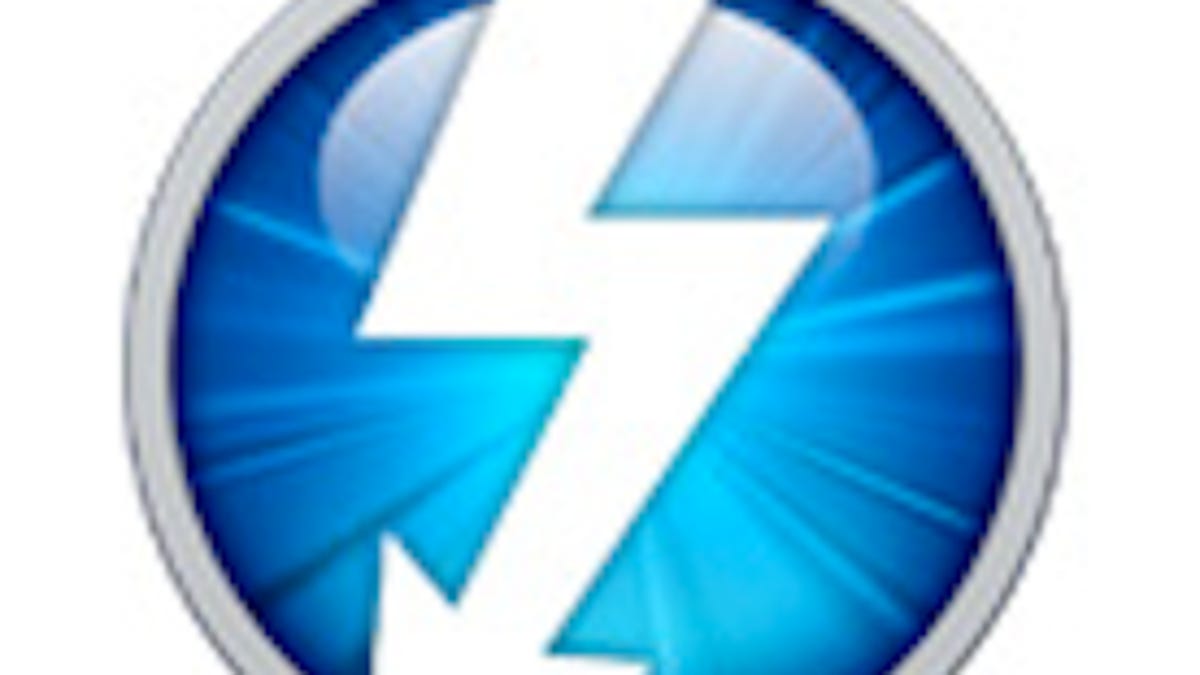Apple posts FAQ on new Thunderbolt adapter
Apple reveals some potential troubleshooting routes for Thunderbolt devices in its new FAQ.

Apple has made available a small FAQ on its new Thunderbolt Ethernet adapter, which outlines some uses and limitations of the adapter, and also hints at potential troubleshooting for both it and other Thunderbolt devices.
In the FAQ, Apple makes particular note about the daisy-chaining of Thunderbolt devices; each chain can support up to eight devices (including the host computer). While in most cases users will have peripheral devices such as hard drives or I/O controllers attached to their systems, it is also possible to connect multiple computers in the same daisy chain (one use of this is for Target Disk mode). If such a setup is used, then peripheral devices such as the Ethernet adapter may be captured and used by one computer over the other, so the solution to this would be to first pair it with one computer and then attach the second computer to the daisy chain.
In addition to which devices might be using the controller, the adapter may show reduced performance when connected to high-bandwidth devices such as RAID enclosures, which suggests that other Thunderbolt devices may show similar performance degradation when attached to high-throughput peripherals. Therefore, if your devices are not giving you the performance you desire, try rearranging them in the daisy chain, or using separate Thunderbolt connections. While many of Apple's systems only have one Thunderbolt connection, newer systems are being developed with two, that give users more possibilities for troubleshooting odd Thunderbolt problems.
In addition, the FAQ suggests that some systems using Apple's Ethernet adapter may not go to sleep while it is connected to their systems. If your computer has a built-in Ethernet port, then having the adapter connected will keep it awake. In these cases and possibly others in which Thunderbolt devices keep the system awake, you will have to unplug the adapter to put the system in Sleep mode. It may be possible that future software support may allow for proper system sleep, but for now this is the workaround.
Thunderbolt is still in its infancy, and as new devices such as Apple's adapters, docking stations, and more storage options surface, we will see various kinks develop that will need to be contended with. However, despite these small details the throughput and versatility of Thunderbolt are looking quite promising.
Questions? Comments? Have a fix? Post them below or
e-mail us!
Be sure to check us out on Twitter and the CNET Mac forums.

